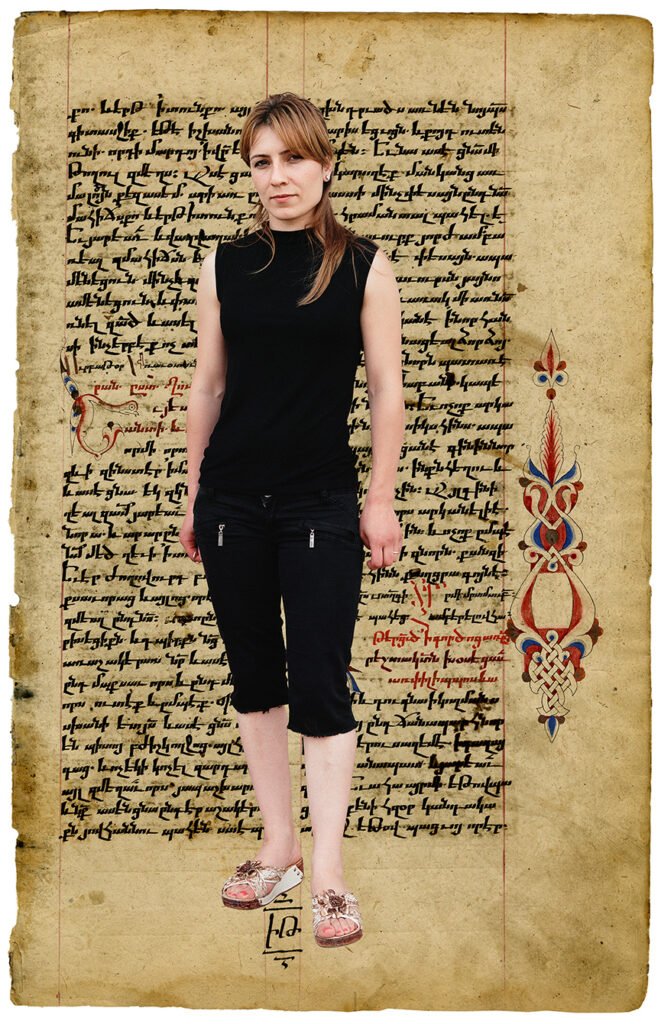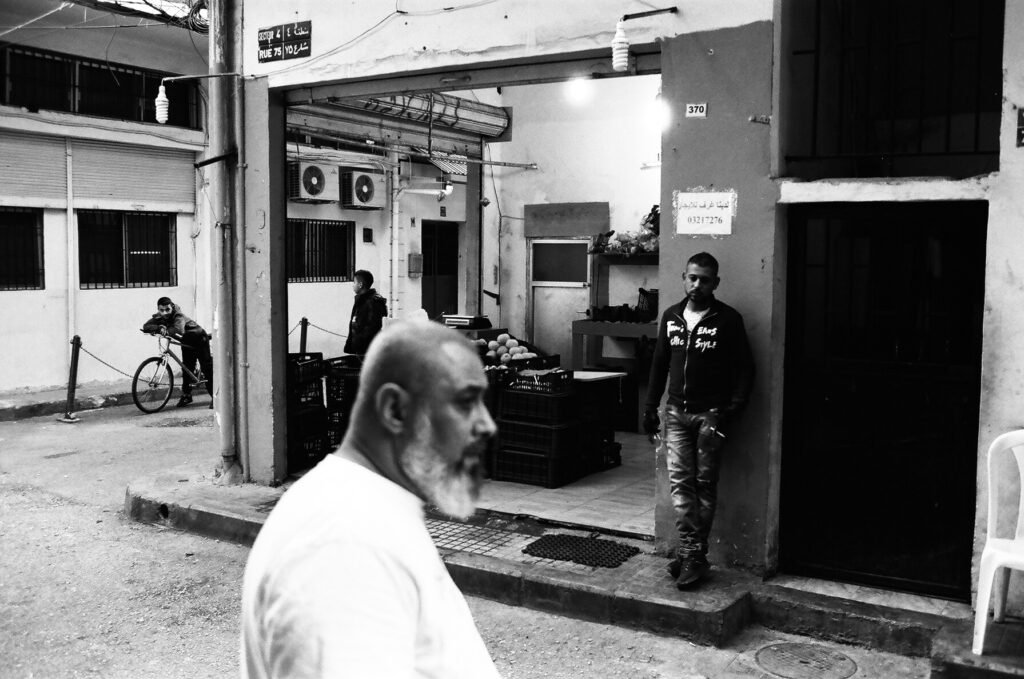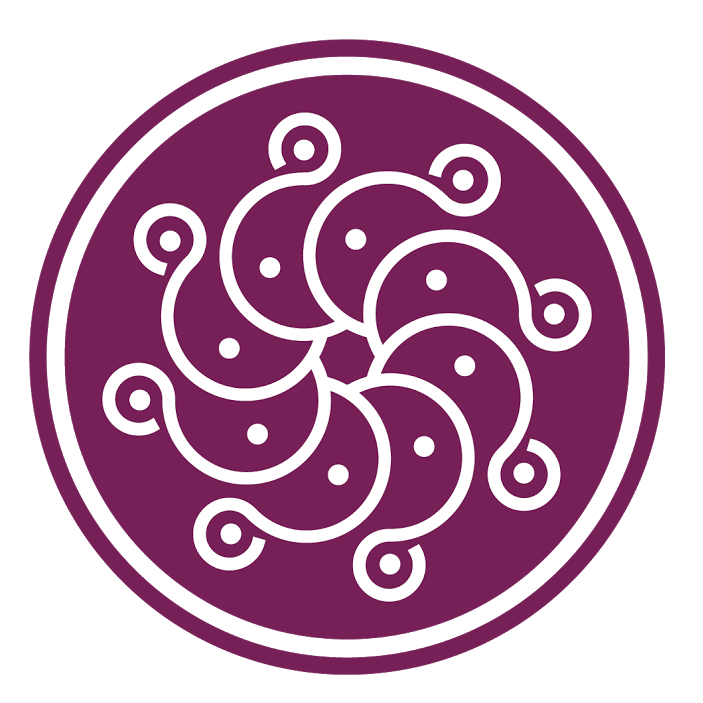
WATERTOWN, Mass.—The Armenian Museum of America (AMofA) has announced the opening of its next contemporary art exhibition, “Ara Oshagan: Disrupted, Borders.” The show follows the AMofA’s blockbuster exhibit, “On the Edge: Los Angeles Art 1970s-1990s from the Joan and Jack Quinn Family Collection,” which received rave reviews and was viewed by thousands of visitors.
“Disrupted, Borders” at AMofA is an expanded version of what was previously exhibited at Stockton University Art Gallery in New Jersey. The show is being curated by Ryann Casey. “This exhibition connects many of the diasporic and homeland entanglements that have occupied me over the past decade or more, from Los Angeles to Beirut to Artsakh,” states Oshagan. “The works articulate a certain ‘diasporic liberation,’ as so well stated by Hyperallergic editor Hrag Vartanian in his introductory essay about the exhibit.”
The exhibition combines photography, collage, installation and film, the last of which runs in the AMofA’s Rose and Gregory A. Kolligian Media Room. “The installation at Stockton was quite impressive in person and we knew this was something we wanted to bring to our Adele and Haig Der Manuelian Galleries,” says executive director Jason Sohigian. “Ara’s photography is from the diaspora in Los Angeles and Beirut, as well as Armenia and Artsakh, so it connects many historical elements with contemporary issues facing Armenians today.”
More than 55 works are on display including a massive mural from Oshagan’s Beirut Memory Project, as well as six large medieval manuscripts printed on fabric and overlain with photographs of people from Shushi, Artsakh. Eighteen Armenian Hmayil prayer scrolls are also reproduced for an installation in the middle of the gallery space. The scrolls are created from the digitized collections of the Library of Congress and other institutions, and they are modified with “interventions” from Oshagan that reflect on travel, family, culture and politics.
“Visitors will notice that some of the gallery walls are painted red. This color choice was intentional, and it is actually the color of the dye made by the Cochineal insect that is indigenous to the Ararat plain and Arax River Valley,” explains Sohigian. “Vordan Karmir is a familiar color in Armenian rugs, and Oshagan selected it with the curator to accent the exhibit. It adds another layer of meaning to the issues that Ara brings to this show around Armenian identity and culture.”
The mural and manuscript portraits on fabric, which are part of Oshagan’s Shushi series, are some of the largest works that have ever been exhibited in the AMofA galleries. “Ara’s innovative style allowed us to bring these larger-than-life images into the space so this installation offers many surprises from color to scale to medium, and a mix of time and place that will resonate with visitors,” adds Sohigian.

“Oshagan manages to seamlessly weave together different geographies, historical sources, and a range of mediums to consider the impact of dislocation on our personal and collective history,” explains Casey. “Bringing the past to the present, Oshagan asks us to reflect on our connections to place and community while highlighting the importance of memory on our shared future.”
Oshagan is a multi-disciplinary artist, curator, and cultural worker whose practice explores collective and personal histories of dispossession, legacies of violence and identity. He works in photography, film, collage, installation, book art, public art and monument-making. Oshagan has published three books of photographs. He is currently an artist-in-residence at 18th Street Art Center in Santa Monica and a curator at ReflectSpace Gallery in Glendale.
Casey is a New Jersey-based artist and educator. She is an adjunct professor of photography, art history and critical theory at Stockton University. Her current photographic and curatorial projects focus on themes of loss, trauma and memory.
“Disrupted, Borders” will be exhibited in the AMofA’s third floor contemporary galleries through October 29, 2023. The gallery hours are Thursday through Sunday from noon to 6 p.m. The Armenian Museum of America is located at 65 Main Street, Watertown, MA.
There will be an opening reception for the exhibit on Wednesday, June 7 from 6:30 p.m. to 8:30 p.m. This event is free and open to the public. Oshagan will be present.




Be the first to comment